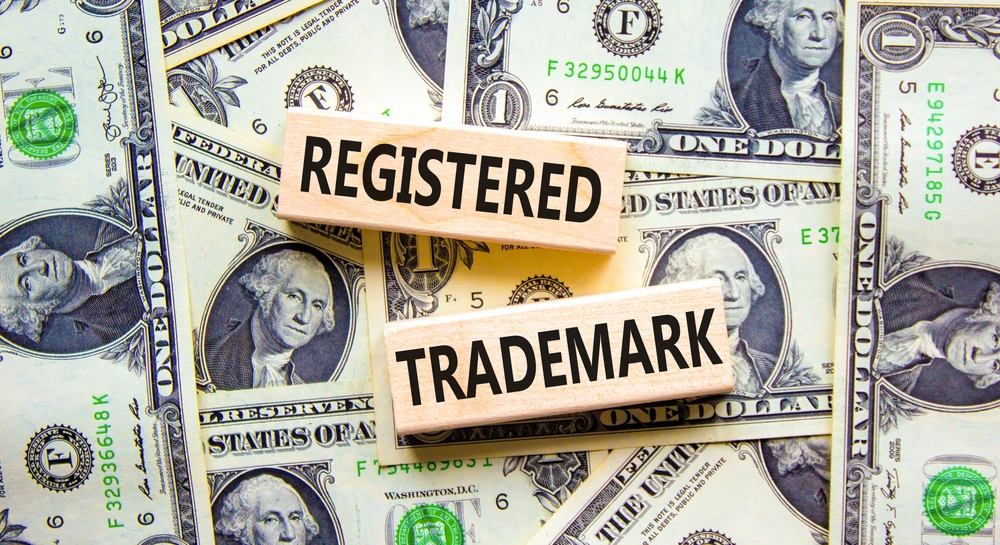Understanding the Requirements for Filing a Section 1(b) Trademark Application
If you are seeking to register a trademark or service mark with the United States Patent and Trademark Office (USPTO), you may be able to file an application under section 1(b) of the Trademark Act. This section allows you to file an application on the basis of your intention to use the mark in commerce for the identified goods or services. However, before your registration will be granted, you must be able to demonstrate that the mark is actually being used in commerce on or in connection with the goods or services specified in your application. This means that you will need to file either an amendment to allege use under 15 U.S.C. section 1051(c) or a statement of use under 15 U.S.C. section 1051(d). Both of these documents must include dates of use for each class, as well as a specimen evidencing such use for each class. It's worth noting that the requirements for registering a collective trademark, collective service mark, collective membership mark, or certification mark may be slightly different. If you are seeking to register one of these types of marks, you should refer to the relevant sections of the Trademark Electronic Processing Manual (TMEP) for guidance. In summary, if you want to register a trademark or service mark with the USPTO, you must be able to demonstrate that you have a bona fide intention to use the mark in commerce, and that the mark is actually being used in commerce on or in connection with the identified goods or services. Filing an amendment to allege use or a statement of use, along with the required specimens, is an important step in the process. Talk with a trademark attorney at Tucker Law [...]






